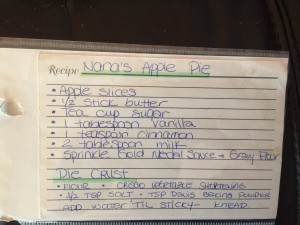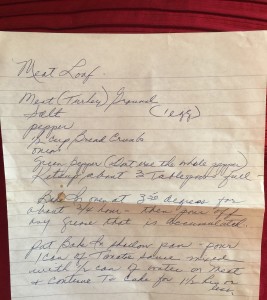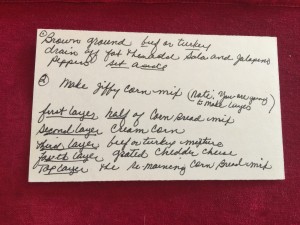Recently, I have been thinking extensively about how the individual engages with the community. This is largely connected to Ntozake’s emphasis on the prioritizing of individual liberation to achieve communal freedom in Nappy Edges. The concept of the individual role within a community also arose in my reading of the goals of the Black and Feminist Art Movements in The Art of Transformation by Lisa Gail Collins. Many of my thoughts have framed this as a dilemma of the individual vs. the collective. The Healing Justice event encouraged me to think otherwise.
The event opened with the calling of the names of our ancestors into the space. Specifically, we were asked to call the names of ancestors that follow us into every room that we occupy. I began thinking of names of my genetic ancestors that I could remember. Then I heard the workshop leaders calling the names of Audre Lorde, of bell hooks, and I began to think more broadly of what ancestry is. I called the names of Ida B. Wells, of Maya Angelou, of the women whose work my mother made sure I was familiar with from an early age. I began to think also what it means for these ancestors to follow us into the spaces we occupy as individuals. For someone to follow you into a space means that you are never alone. And even as we navigate our moments of solitude, our navigation is very much so guided by those who came before us. As a result, I truly did have to deconstruct my former understandings of isolation and solitude.
I had come to understand solitude as a being alone, separate and disconnected. This understanding of solitude has bled into my understanding of the individual. However, with this thought in mind of who follows me into the room, I was forced to think of how even my thoughts and how I carry myself have been formed and nurtured by those who came before me. It also forced me to view the individual and the collective not as being in competition with each other but as two entities that need each other to survive. I thrive as an individual because of the communities that existed before I was even here. My contributions as an individual to the communities that I exist within now are fueled by those that allow me to thrive on my own. Being in the space of the Healing Justice event, hearing the names of ancestors exit the mouths of every individual in the room, while seated in a circle truly helped me visually and audibly recognize that the individual does not have to be and is never alone. If it weren’t for this communal space, I would not have come to this realization for myself.
It was so wonderfully captivating to watch Ebony Noelle Golden and Tiffany Lenoi Jones embody what I hope to one day be capable of. To honor the past while navigating how to move forward. To acknowledge the many ways in which we’ve been positively influenced while shedding the negative influences that have skewed our perceptions of our past and present.





